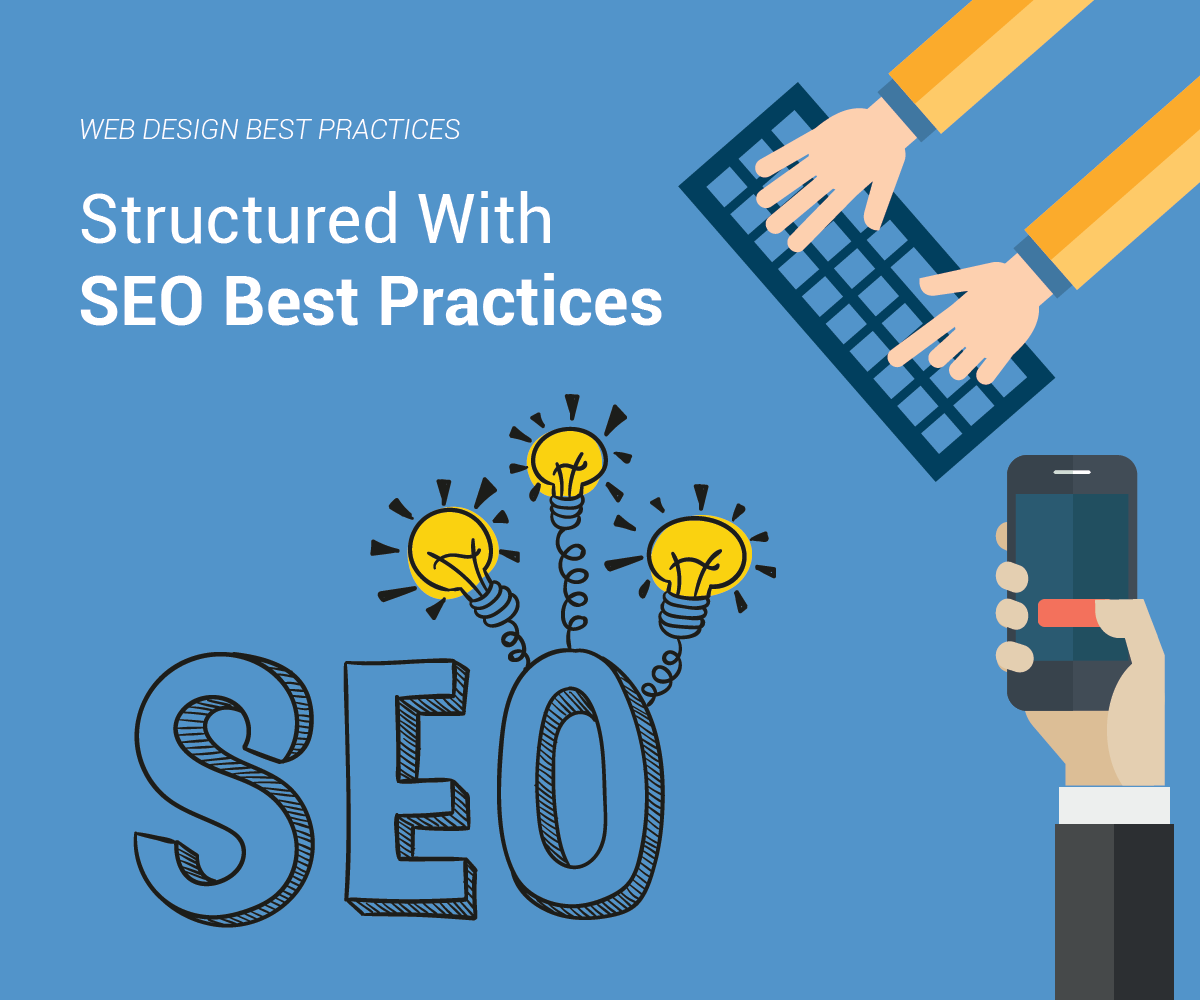| Read Part 10 of 20 in our 7 Keys to Successful Web Development series below! |
Search engine optimization, or SEO as it is commonly called, is a marketing tactic that increases search engine results. There are many different elements of this practice, but they all aim to help a website generate traffic and improve search engine rankings. Simply put, your website will be better understood by search engines if it is created using an SEO web design process. If you are new to the world of search engine optimization, the following list of do’s and don’ts will help you formulate your own SEO best practice tactics.
✔ Keep Your Users in Mind
When it comes to web design, your site should always cater to the needs and preferences of your users. Do your pages look professional? Are they helpful? Is your message clearly articulated? If you answered no to any of these questions, you may have some work to do. When building your site, try to only include enough static pages to make your website functional. If you add an excessive amount of pages, you could end up watering down the content on your site or confusing users.
✔ Build a Site That Performs its Intended Functions
If your site does not perform its intended functions, users will simply leave. Users tend to visit websites for the following reasons.
- To gather information
- To purchase products or services
- To communicate with others
- To get help or read professional opinions
Your site should perform all of these functions in a manner that is efficient and intuitive. Try to put yourself in the shoes of your users, and think about what you would want your site to do if you were on the other side of the fence. Your site should also be an extension of your company’s personal brand, so be sure that it showcases your company’s identity.
❌ Don’t Overuse Keywords or Backlinks
It can be tempting to stuff your content with keywords, but that out dated method will only hurt your site now. Your site’s ranking will be based more on the quality of its content and how well you manage to satisfy users. It is great using target keywords, just remember that your content should be unique and relevant. It is also recommended that you build links naturally over time instead of setting overly-ambitious targets. Too many too quickly, and links from spammy sites like most directories will only harm your rankings.
❌ Don’t Anticipate the Needs of Your Users
Understanding the needs of your users is not only good practice overall for an ecommerce website, it also plays a positive role with SEO. For example, by designing a navigation that allows users to easily find the content or items they need, you are creating a great user experience. When users have an easier time finding what they are looking for, they are less likely to bounce on arrival, and more likely to stick around on your site. Search engines factor in time on site as a positive reflection of the user experience, and rewards your site in the rankings.
Want the full “7 Keys to Successful Web development” whitepaper? Download it now!



Leave a Reply
You must be logged in to post a comment.